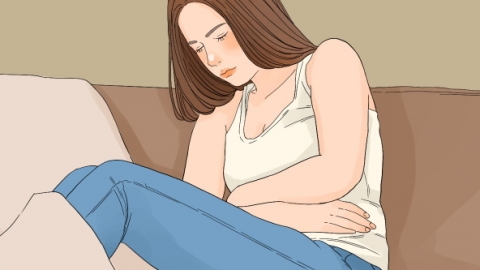How many days is the ovulation period?
Generally, the duration of the ovulation period needs to be determined based on the characteristics of the menstrual cycle. If centered around the day of ovulation, the conventional ovulation period usually lasts about 10 days; however, if referring only to the survival period of the egg after being released, it is much shorter, lasting merely 12-24 hours. Detailed explanations are as follows:

If calculated from the preparatory phase before ovulation, the ovulation period generally spans about 10 days in total, including several days before and after ovulation. This is because male sperm can survive for 2-3 days within the female body, and once released, the female egg can survive for 12-24 hours. To increase the chances of conception, the five days before ovulation, the four days after, and the day of ovulation itself are collectively referred to as the ovulation period. During this time, intercourse offers a higher probability of the sperm meeting and fertilizing the egg.
If focusing only on the effective fertilization window after the egg is released, the strictly defined ovulation window lasts only 12-24 hours. Once the egg is released from the ovary, if it is not fertilized within this timeframe, it gradually loses its viability and can no longer be fertilized.
To more accurately identify the ovulation period, it is recommended to observe physical changes that can assist in determining ovulation. For example, during the ovulation period, vaginal discharge typically becomes clear and stretchy like raw egg white. Some women may also experience mild abdominal bloating or spotting.




